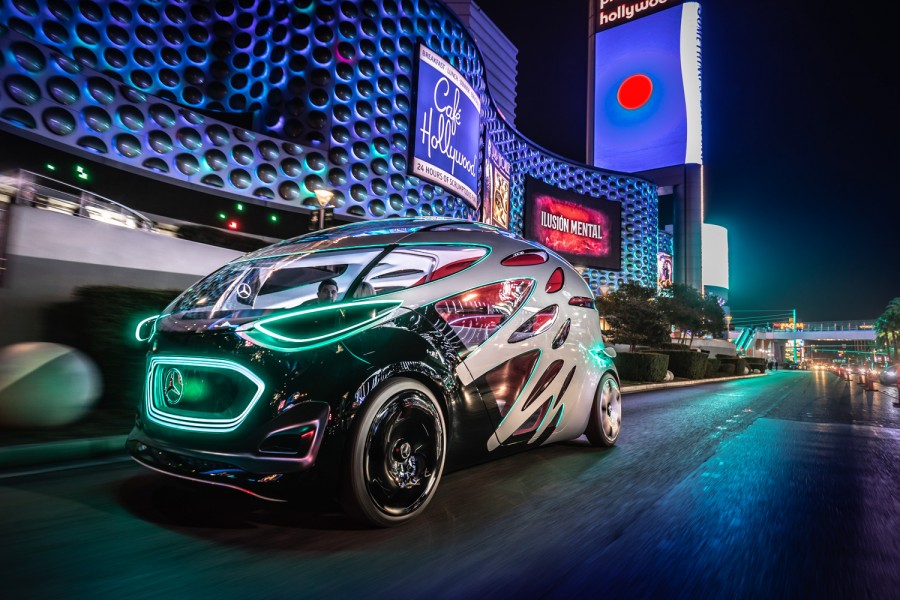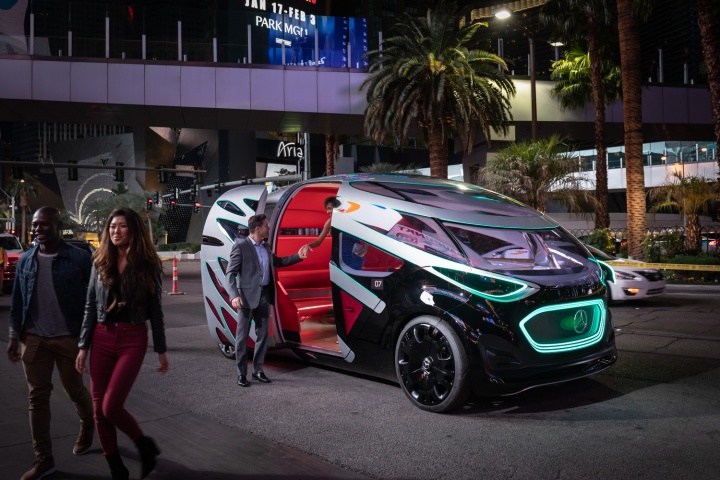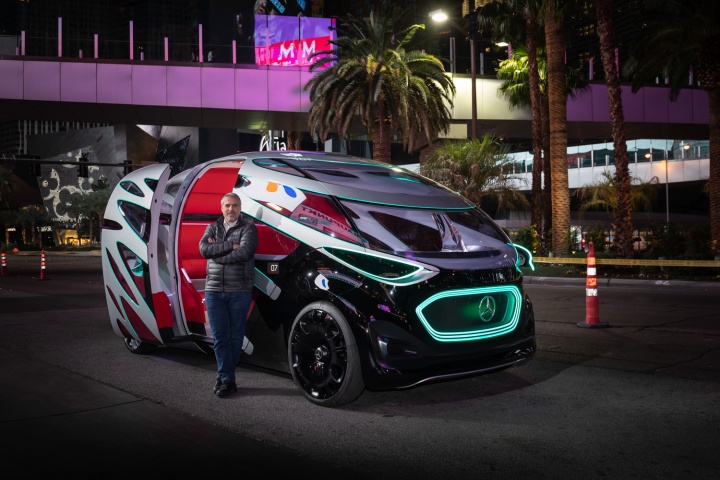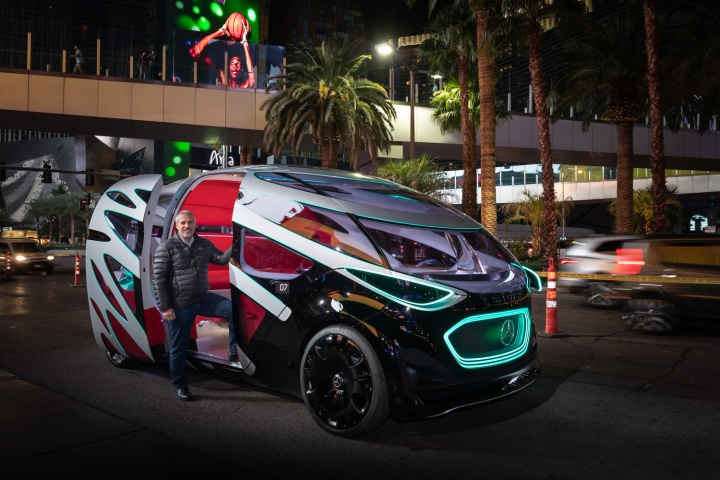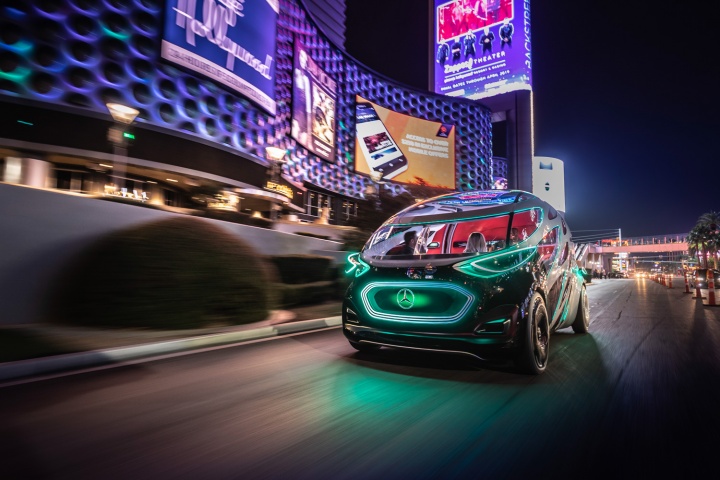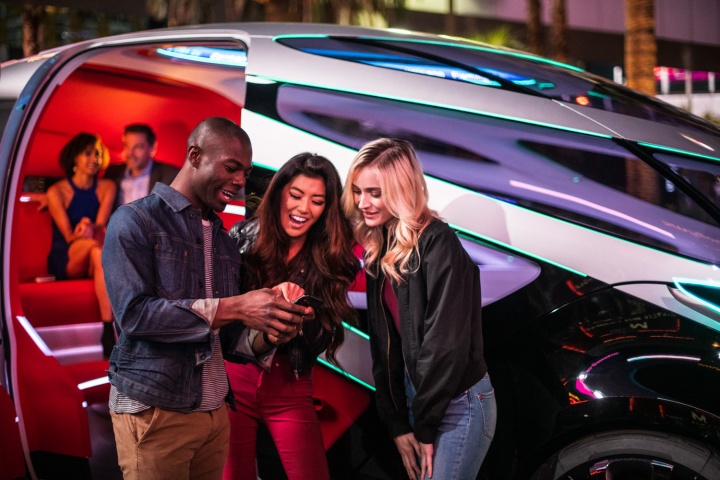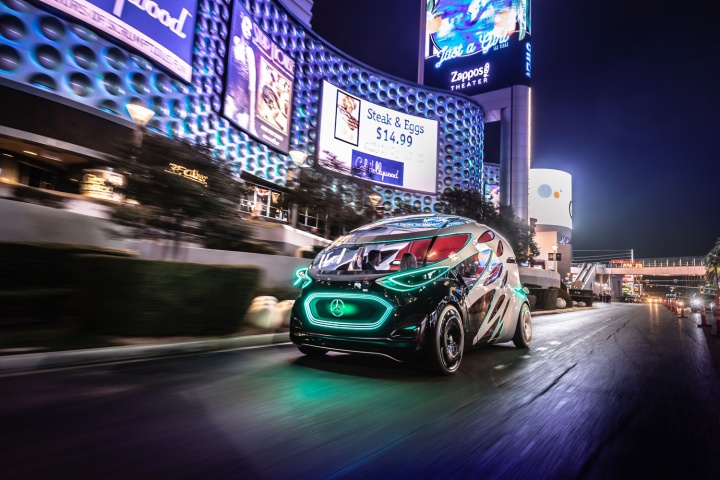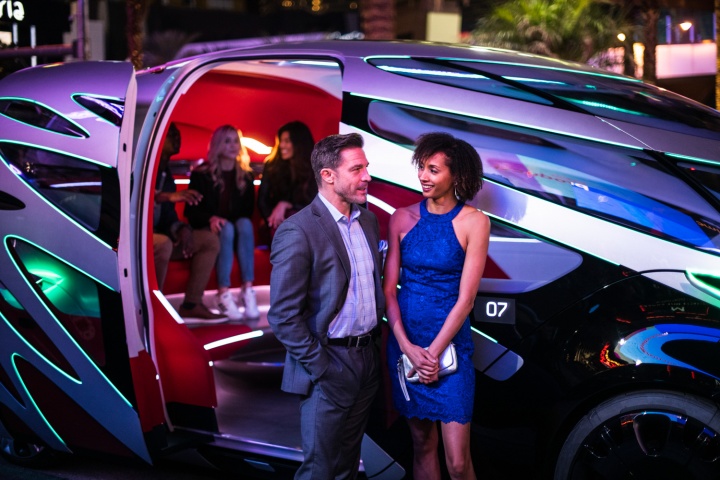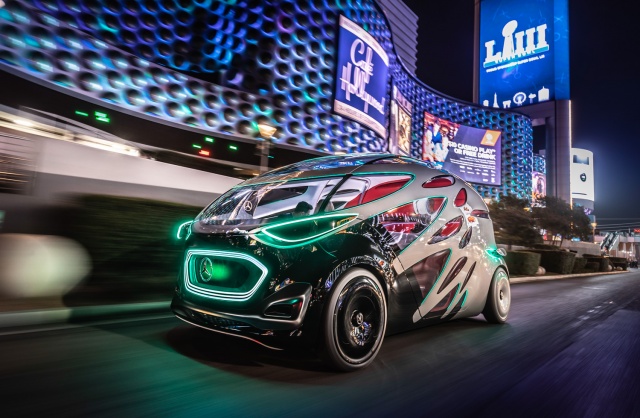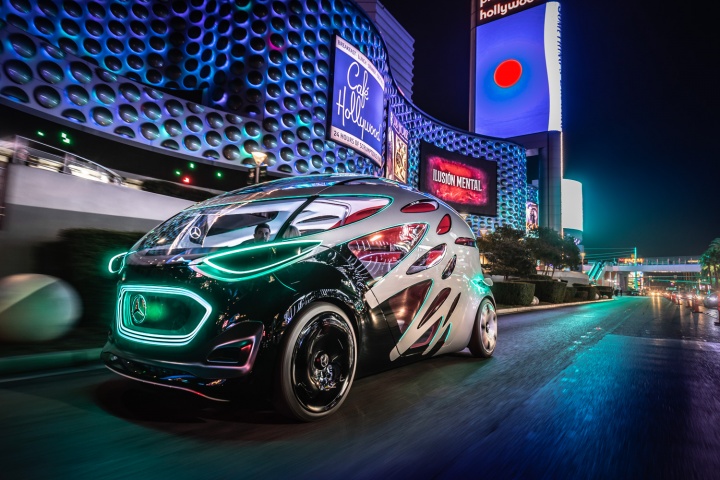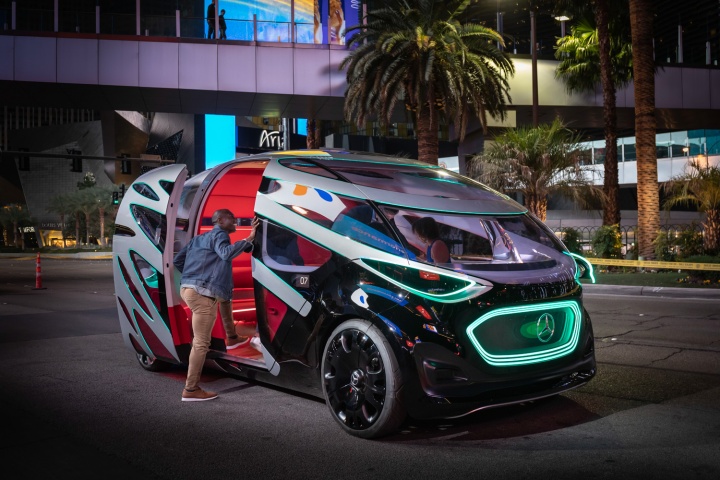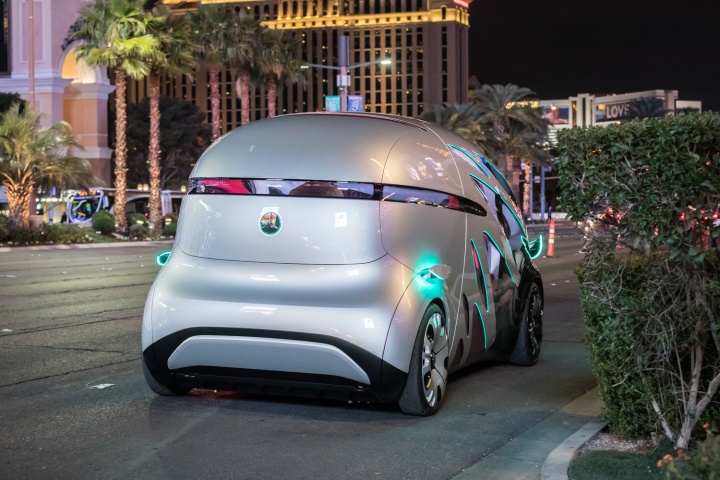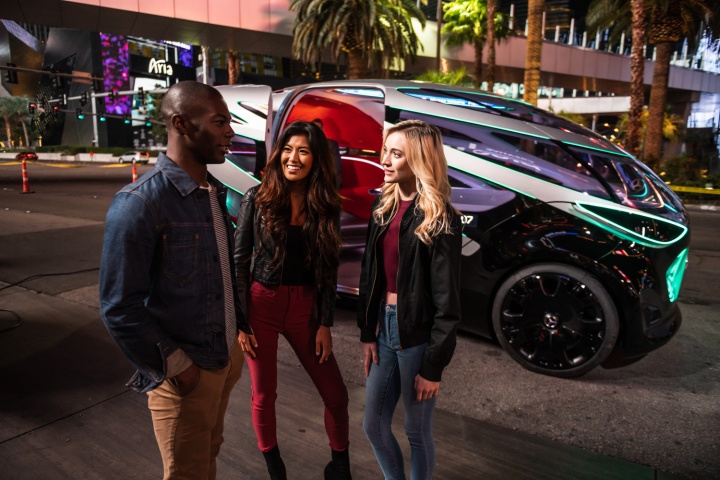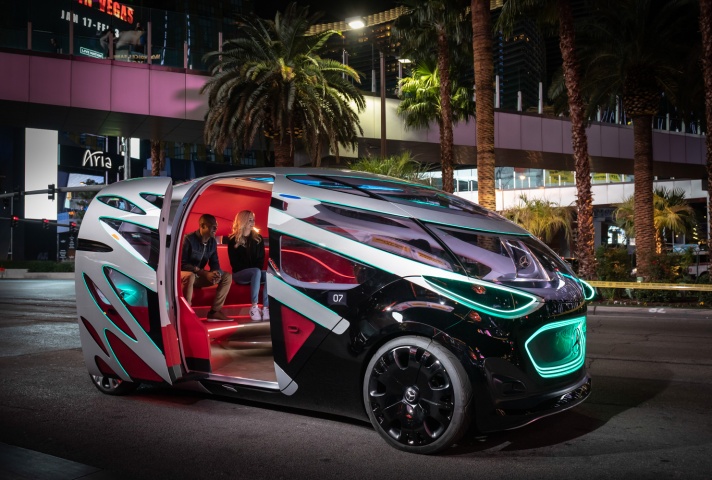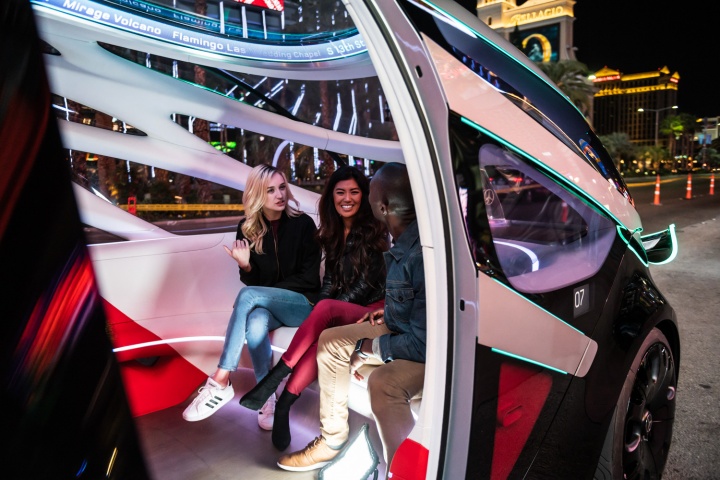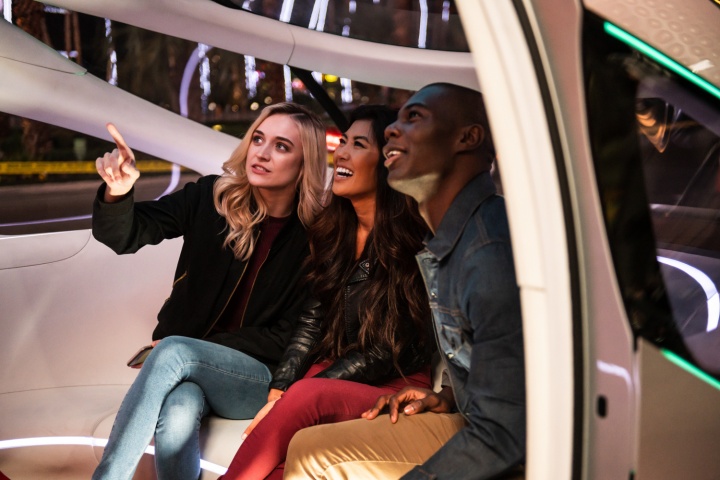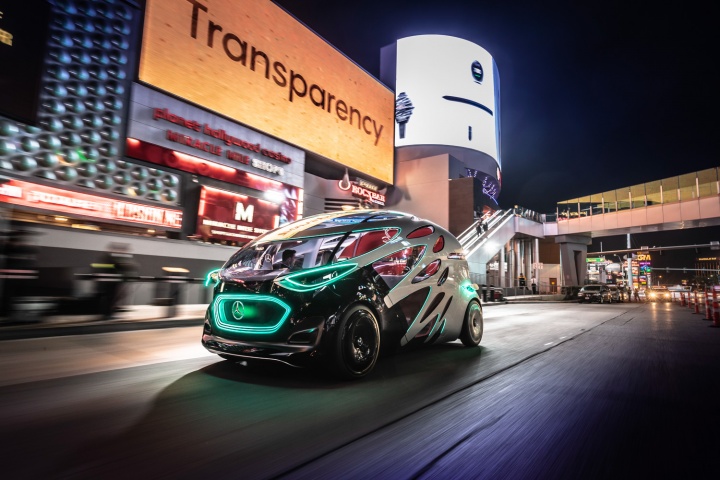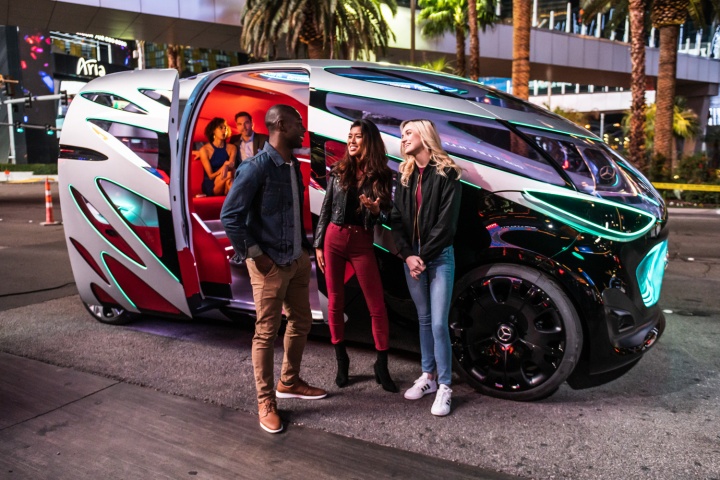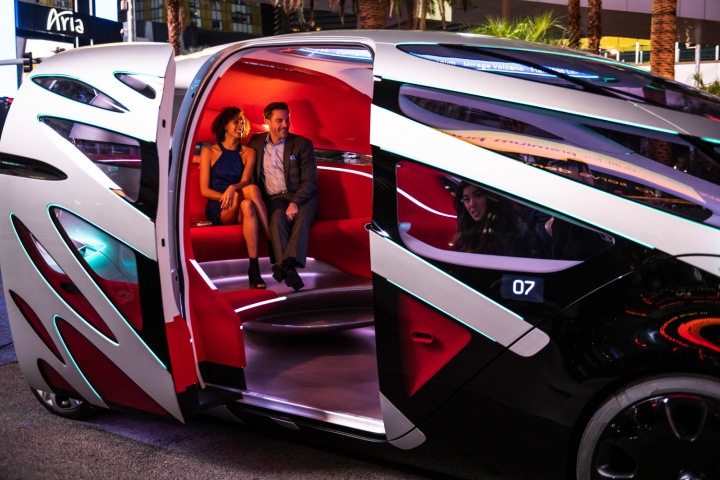What's the news?
This is the Mercedes Vision Urbanetic, a self-driving electric vehicle that the German company says will reduce congestion in the world cities of the future. It was presented at the Consumer Electronics Show (CES) in Las Vegas.
The Urbanetic, actually presented by Mercedes-Benz's Vans division, is an autonomously driven, electrically powered chassis, which can carry various different structures atop itself - so that it can be used for intra-urban passenger or goods transport.
Fully networked, the Vision Urbanetic is basically a vehicle that will work in huge fleets, so that it can answer the many needs of a metropolitan society that's making multiple online commercial and private mobility requests through a digital system.
Mercedes says it is working on solutions to future urban transport that focus on people's freedom, decision-making authority and individuality, three areas which typically elicit feelings of uncertainty in the modern-day public when quizzed on autonomous vehicles. The carmaker places great importance on what it calls 'informed trust', which means people need to be able to quickly and reliably assess what an autonomous vehicle might be about to do next - thus, the vehicle needs to inform its occupants, quickly and intuitively, of its intentions.
Therefore, the Urbanetic's 'People-Mover' module uses various camera and sensor systems to fully 'perceive' its surroundings in their entirety, communicating actively with it. So if a pedestrian crosses the street in front of the vehicle, then the Urbanetic will actually signal to them that it has 'seen' them and isn't about to mow them down in an AI-related fit of pique. Similar functionality on the side door areas tell an approaching passenger that they have been recognised, and cyclists should also be able to accurately predict what the Vision Urbanetic is about to do next.
Anything else?
Mercedes-Benz Vans' Head of Strategy, Gerd Reichenbach, falls into our story at this point, as he says: "Vision Urbanetic is a completely new mobility concept configured specifically for actual needs, as well as efficiency and sustainability. During the rush-hour traffic of early morning and late afternoon, the fleet can be equipped with more people-mover modules. During other times, the system would mainly be used for goods transport with the cargo module. The virtually noiseless electric drive makes the system viable for further late or night-time delivery options."

